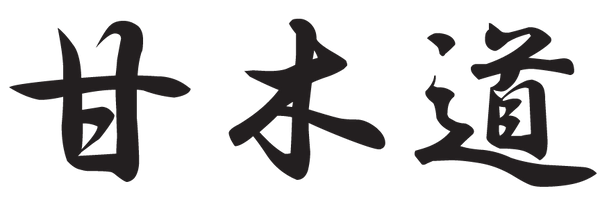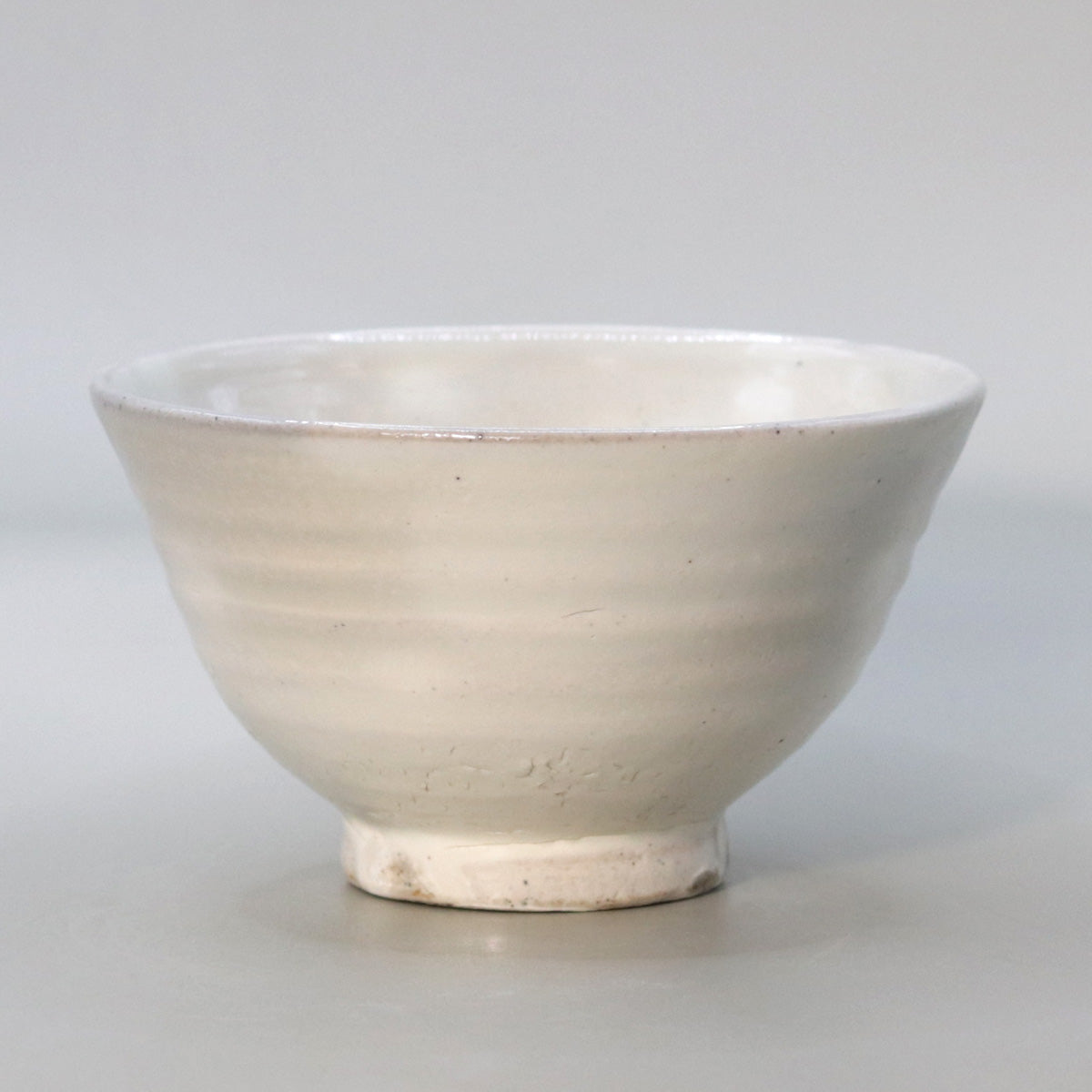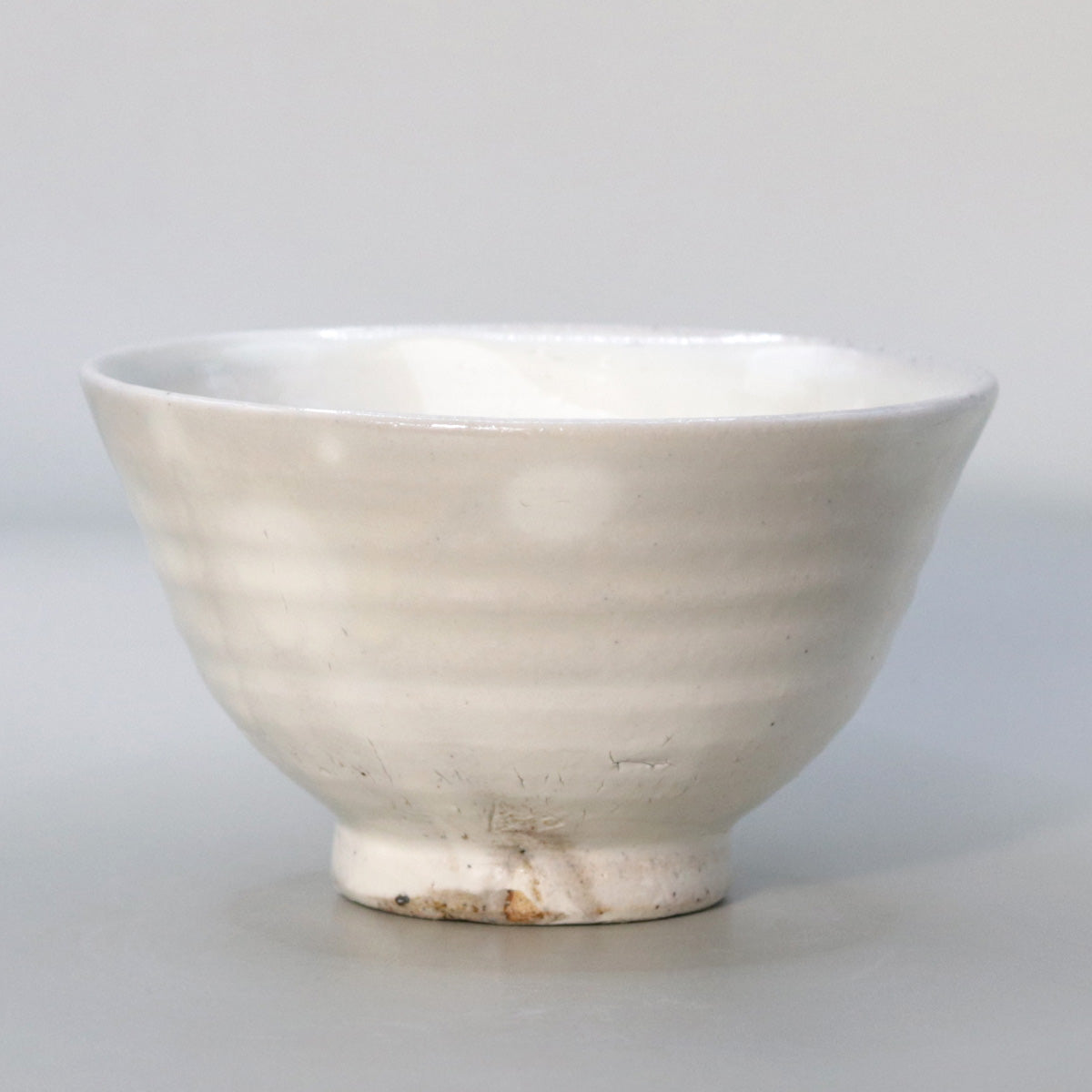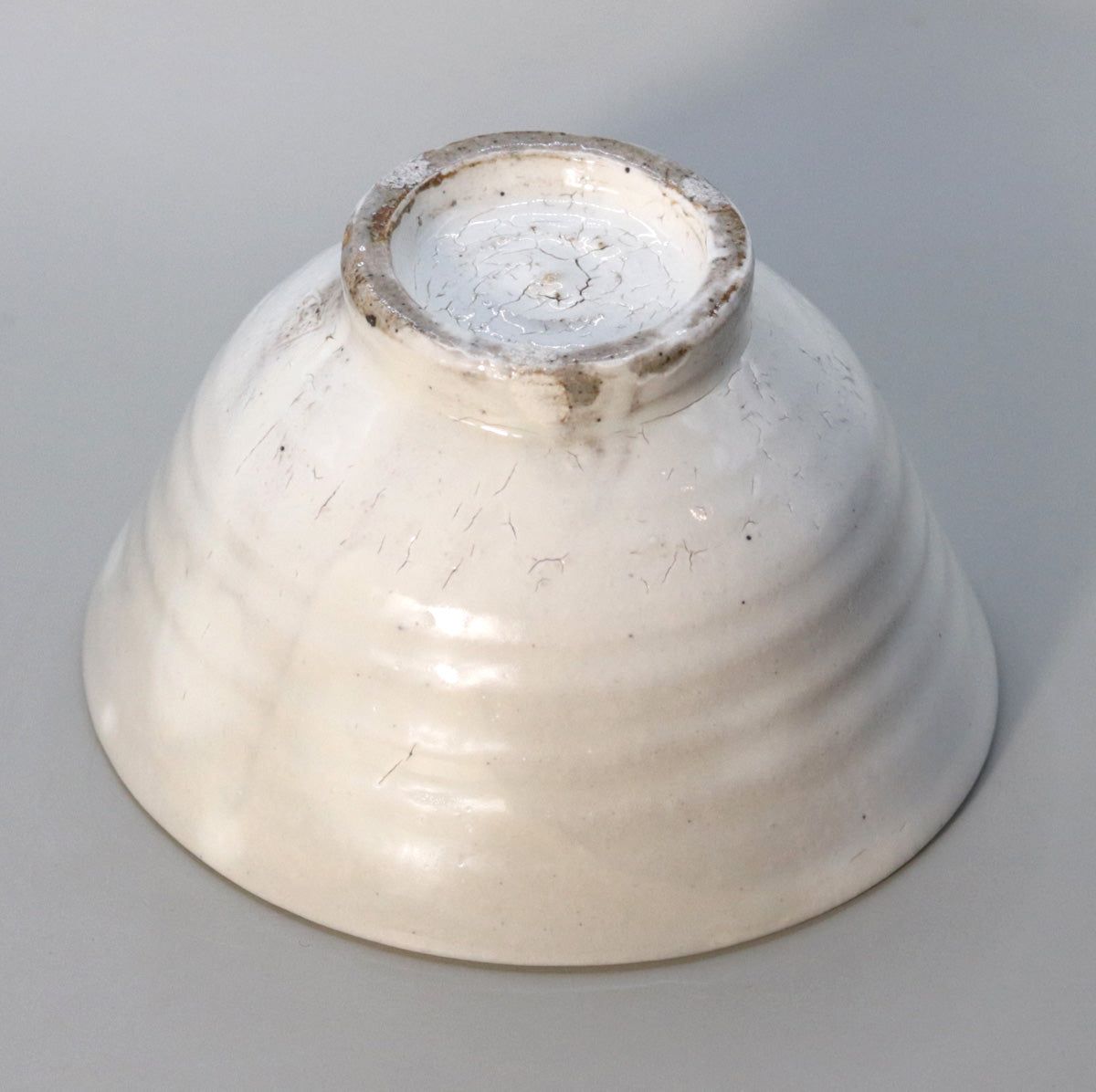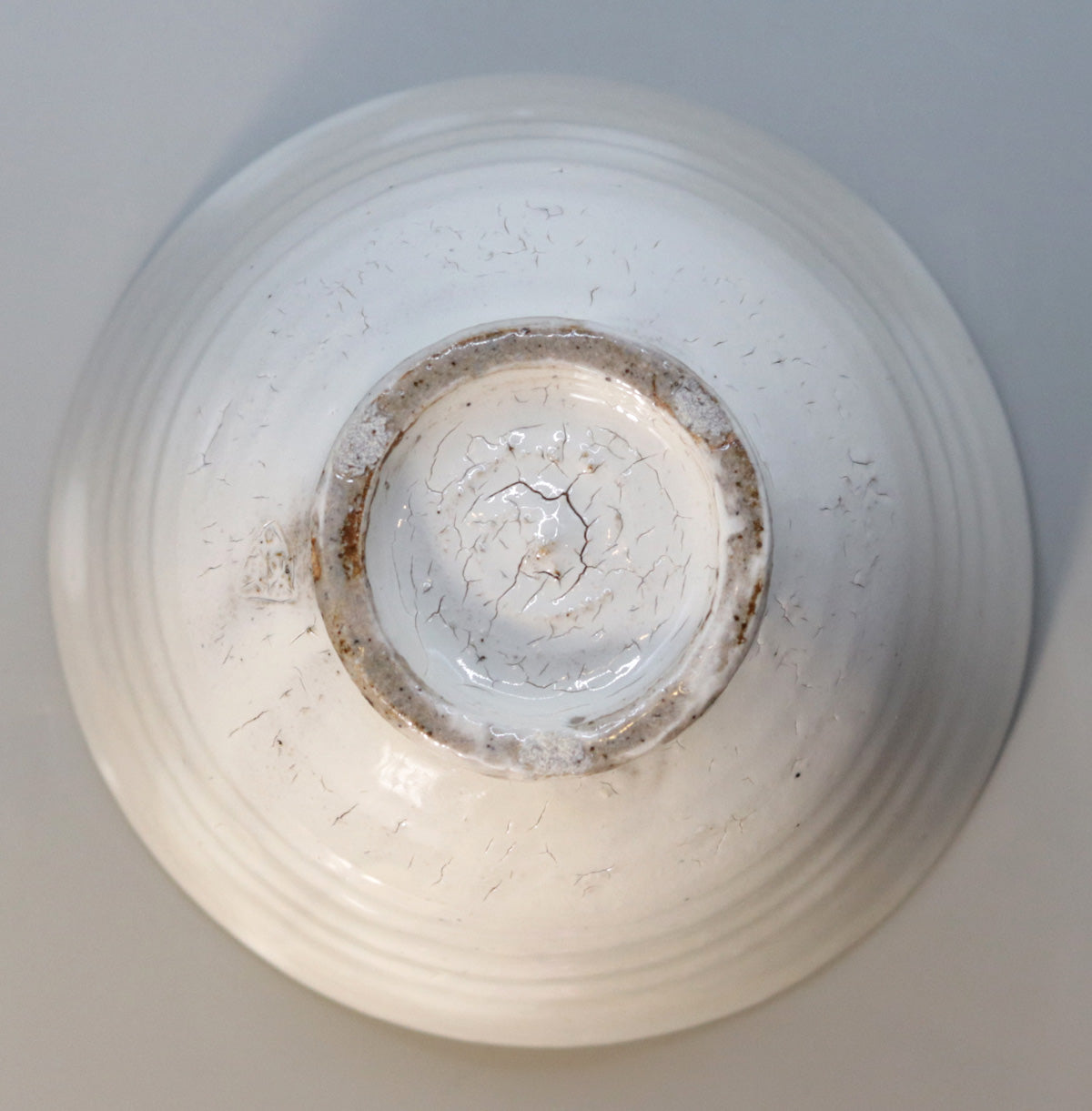Powdered tea bowl, Suwa Sozan
Powdered tea bowl, Suwa Sozan
Couldn't load pickup availability
Width: 12.7cm Height: 7.3cm
This "Kohiki Tea Bowl" is a white vessel filled with warmth and tranquility, created by the fourth generation Suwa Sozan. Kohiki is one of the pottery techniques that has been handed down in Japan since ancient times, and is made up of a three-layer structure (base + white makeup + transparent glaze) in which white cosmetic clay (white mud) is applied, and then a transparent glaze is applied and fired. The soft, slightly grayish white surface is somewhat hazy, unlike perfect white porcelain, and strongly retains the warmth of the clay and the feeling of handwork.
This technique was influenced by the white porcelain of the Yi Dynasty of the Korean Peninsula, but was developed within the unique aesthetics of Japanese pottery. Kohiki ware, which has a sense of "randomness" in its whiteness, has long been loved by tea masters and has been highly valued as "mitate" ware.
What is Kohiki? Scenery created by the base and the clay
Kohiki refers to a ware made by using clay (base material) that is originally gray or reddish brown in color, applying a white muddy coating on top of it, and then applying a transparent glaze on top of that before firing it. This white coating technique hides the color of the base material, allowing the entire piece to have a soft white appearance.
The surface of the white ware covered with a transparent glaze has fine crazing, roughness, and color fluctuations caused by firing, creating an appearance that could be called a "living white" that is by no means uniform. This is a beauty of "texture" created by earth, fire, and handicrafts , which is completely different from white porcelain or blue and white porcelain, and the warmth when you hold it in your hand and the moist texture of the surface when it is filled with tea create a unique charm.
Characteristics of the design: Resonance of elegance and softness
This Kohiki tea bowl, made by Suwa Sozan, has a gentle bulge at the waist and a slightly curved rim. While it has a sense of tension overall, it is not linear, but has a soft silhouette that gives the impression of breathing. The base is modest but curves outward slightly, supporting the overall sense of stability while also creating a sculptural rhythm that draws the eye from the inside to the base.
In addition, the wheel marks from the shaping process remain intact, and the "brushstrokes of the shape" as vestiges of handwork allow the artist's breath to be felt within the practical vessel that is the tea bowl. This slight "fluctuation" expresses a much deeper beauty than a perfect shape, and can be said to be a vivid embodiment of the "beauty of imperfection" and "beauty of wabi" that are at the core of Japanese aesthetics.
The genealogy and modernity of Joseon dynasty powder
The origins of this Kohiki technique can be found in the white porcelain and Bunseisaki ware produced during the late Joseon Dynasty in the Korean Peninsula from the 15th to 16th centuries. Joseon ware, which has a simple yet elegant appearance, was particularly well-received by Japanese tea masters and was highly valued in the tea ceremony culture of Sen no Rikyu and others.
Sozan has inherited this aesthetic sense of the Yi Dynasty into the present day, while breathing new life into the traditional technique of Kohiki. Rather than simply copying the original, he creates forms that are in tune with modern life and sensibilities, while at the same time incorporating the spirituality of the color "white" that seems to speak to us quietly.
The beauty of utility found in Kohiki tea bowls
More than just beautiful to look at, this Kohiki tea bowl is a vessel whose true value is revealed through use. You can enjoy the "life of the vessel" that changes over time, such as the contrast with the green when matcha is poured into it, the way the glaze changes its appearance when steam is released, and the "tea stains on the crazing" that appear with use.
Kohiki ware is still loved by many people today as the embodiment of the "beauty of utility" that Yanagi Soetsu advocated.
Conclusion: Richness in Silence
This Kohiki tea bowl by Suwa Sozan is not only beautiful, but also gives the viewer and user a sense of "richness in tranquility" and "depth in simplicity." The spirituality dwells in the color white and the warmth of the earth. There is nothing too much, and nothing lacking, just the beauty of "being there."
When you pick it up or touch it to your mouth, this vessel gently embraces you as if it were melting snow, and it will continue to bring peace of mind even in the midst of the hustle and bustle of modern life.
Share

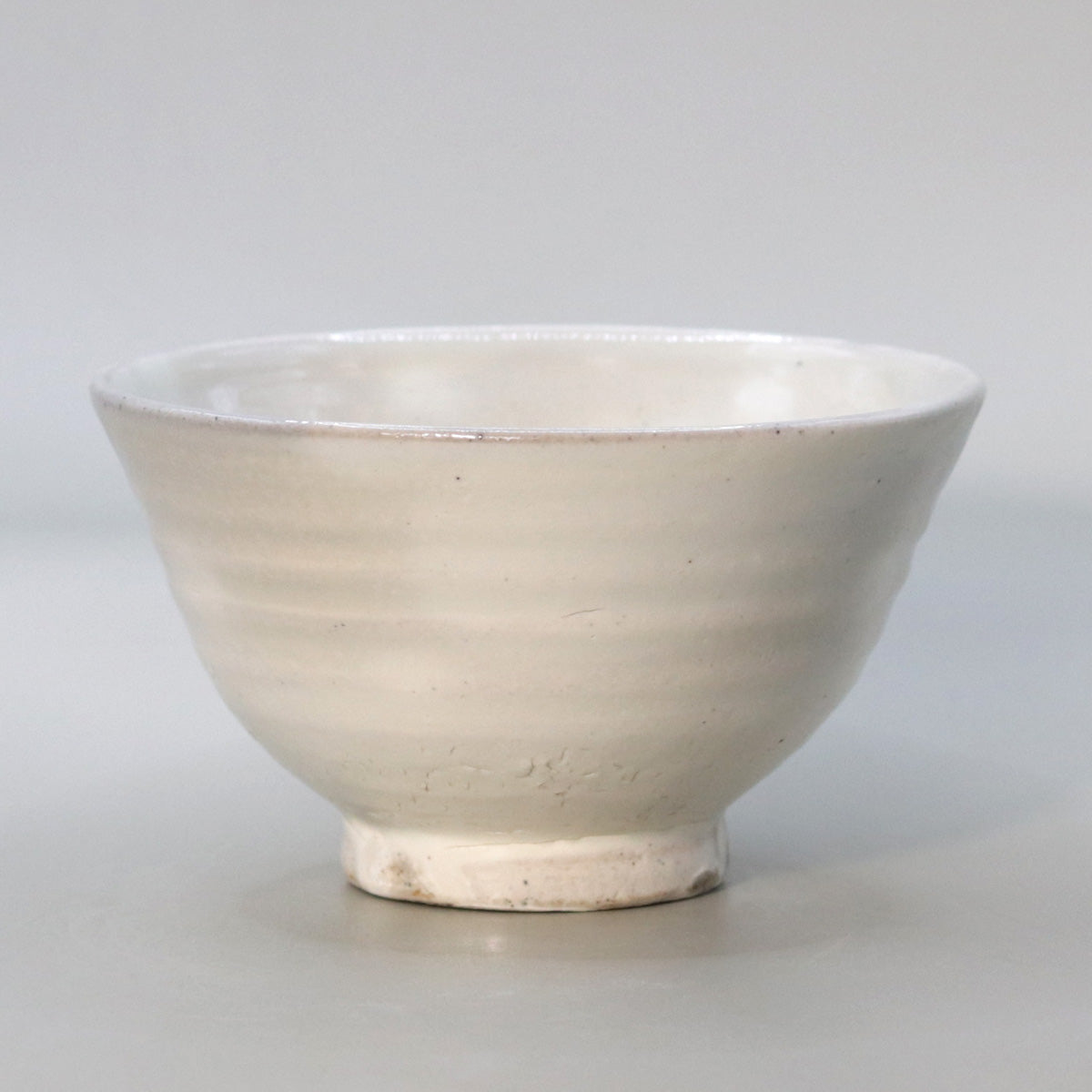
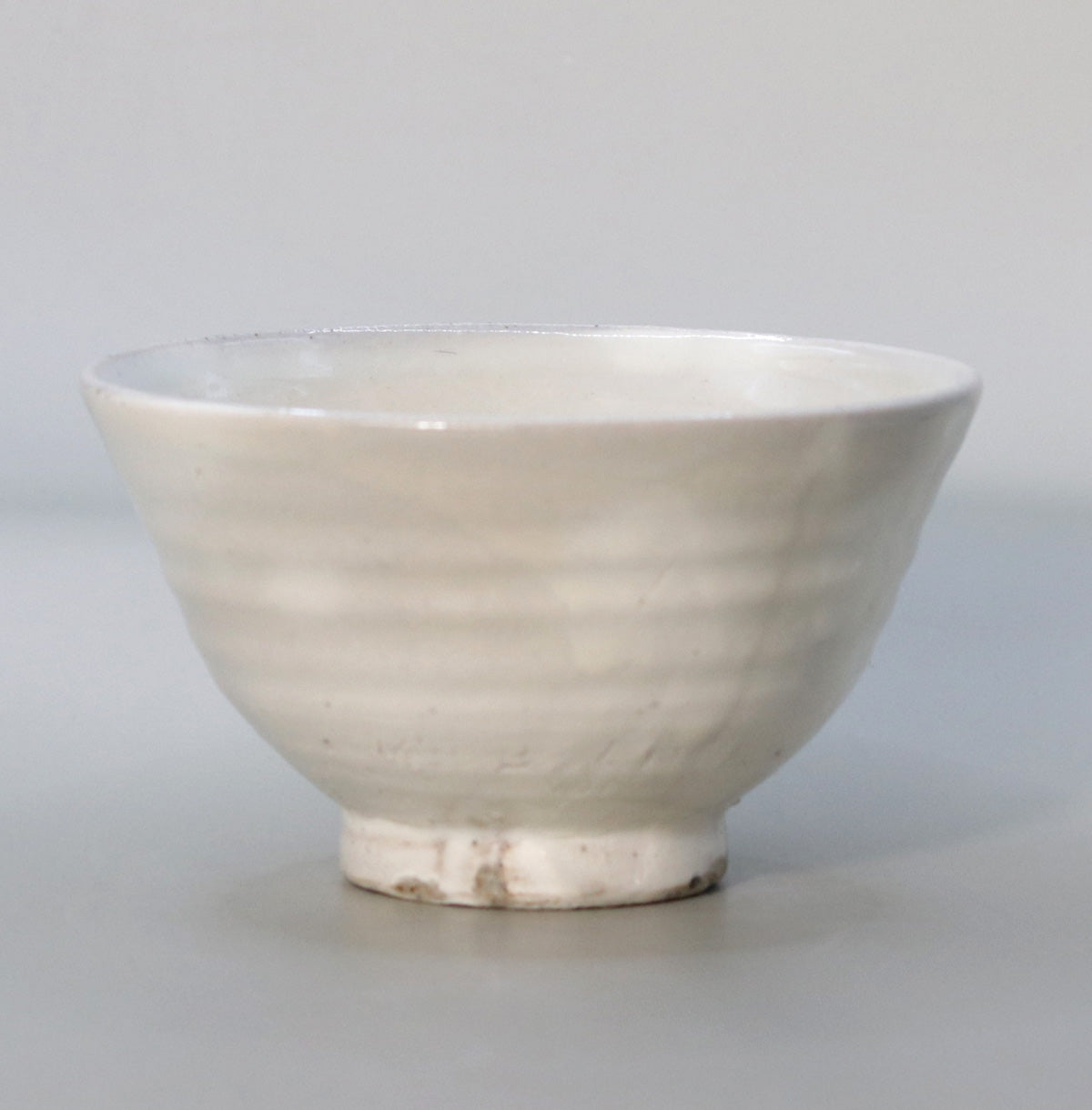

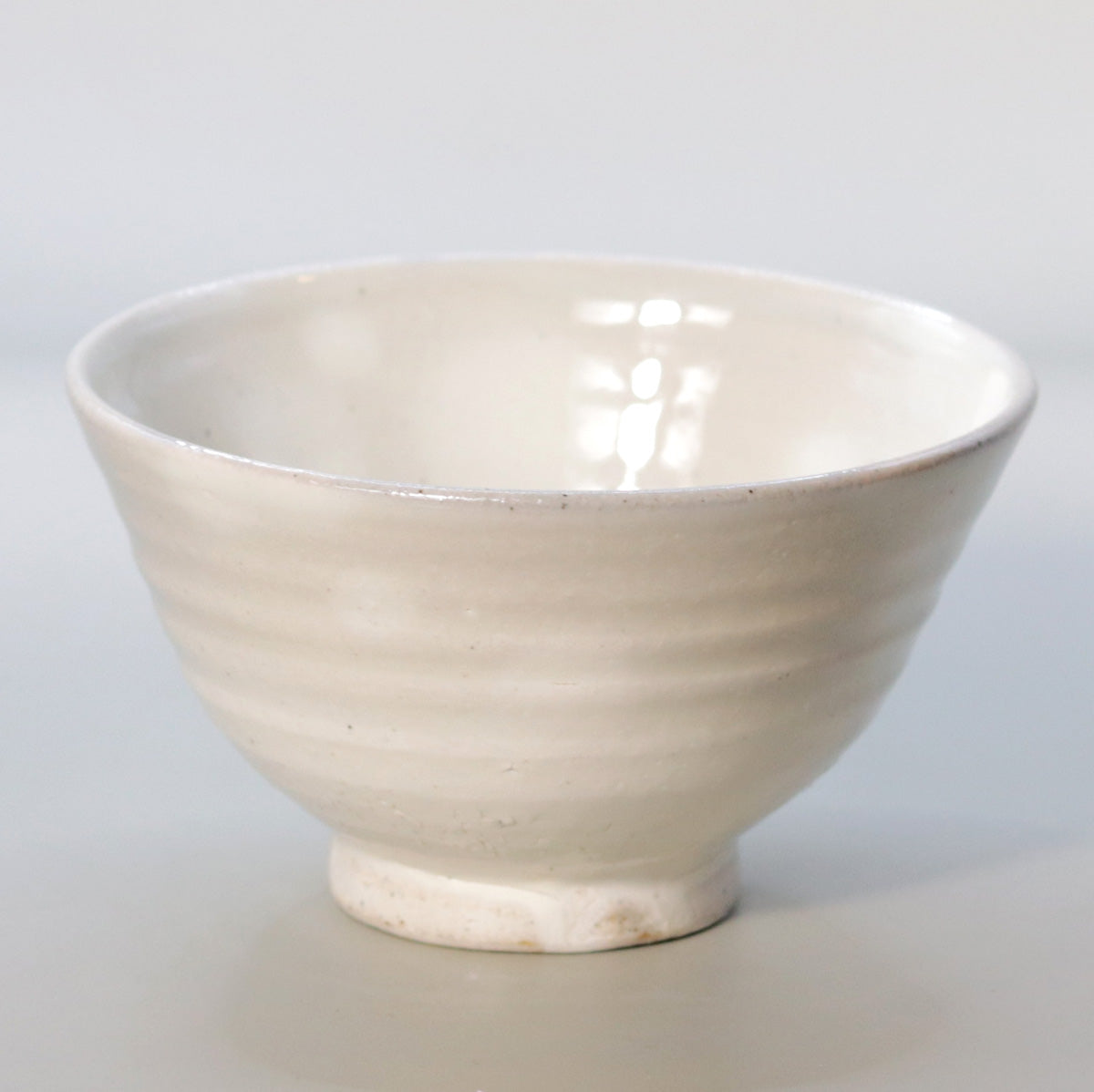

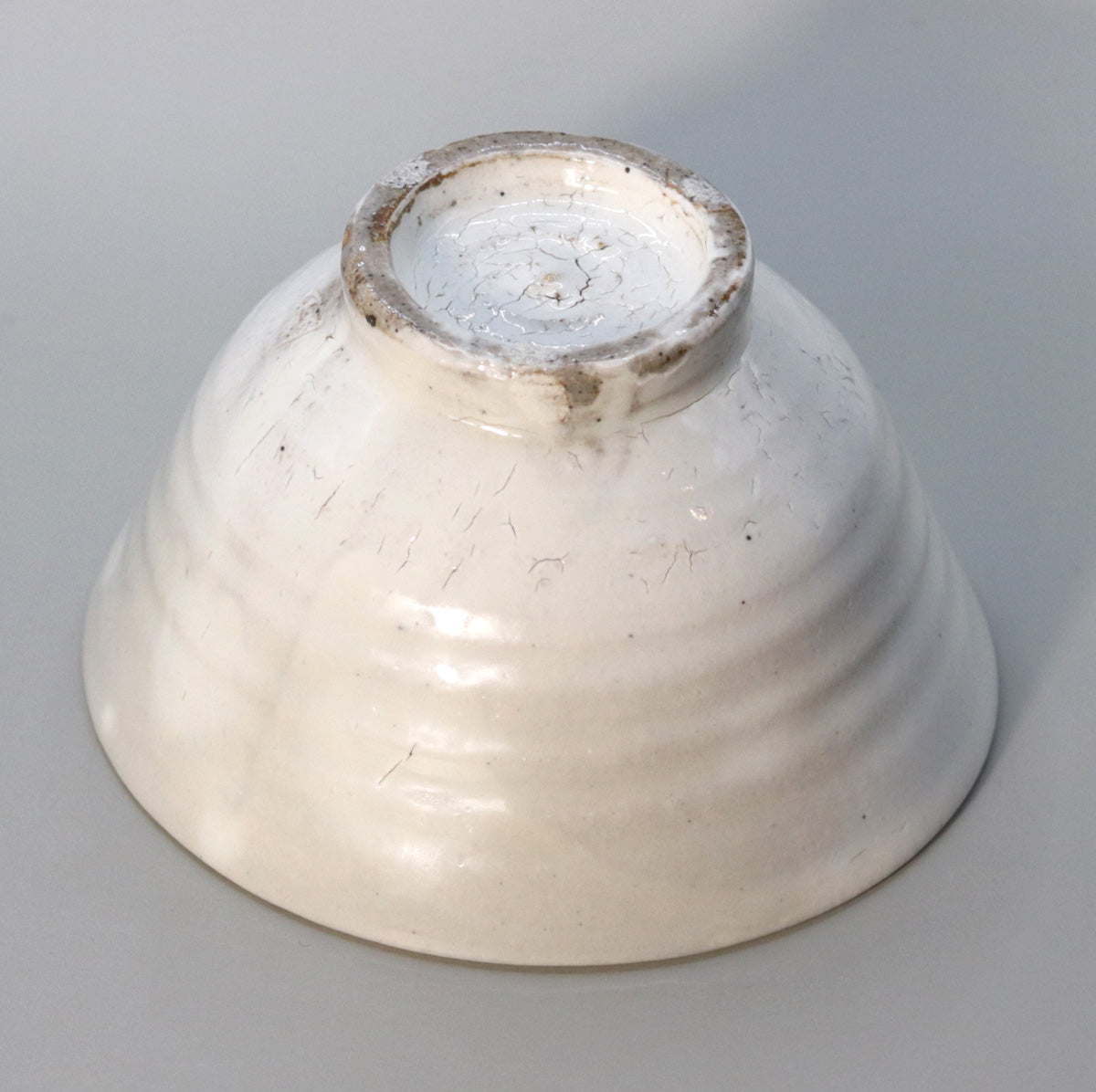
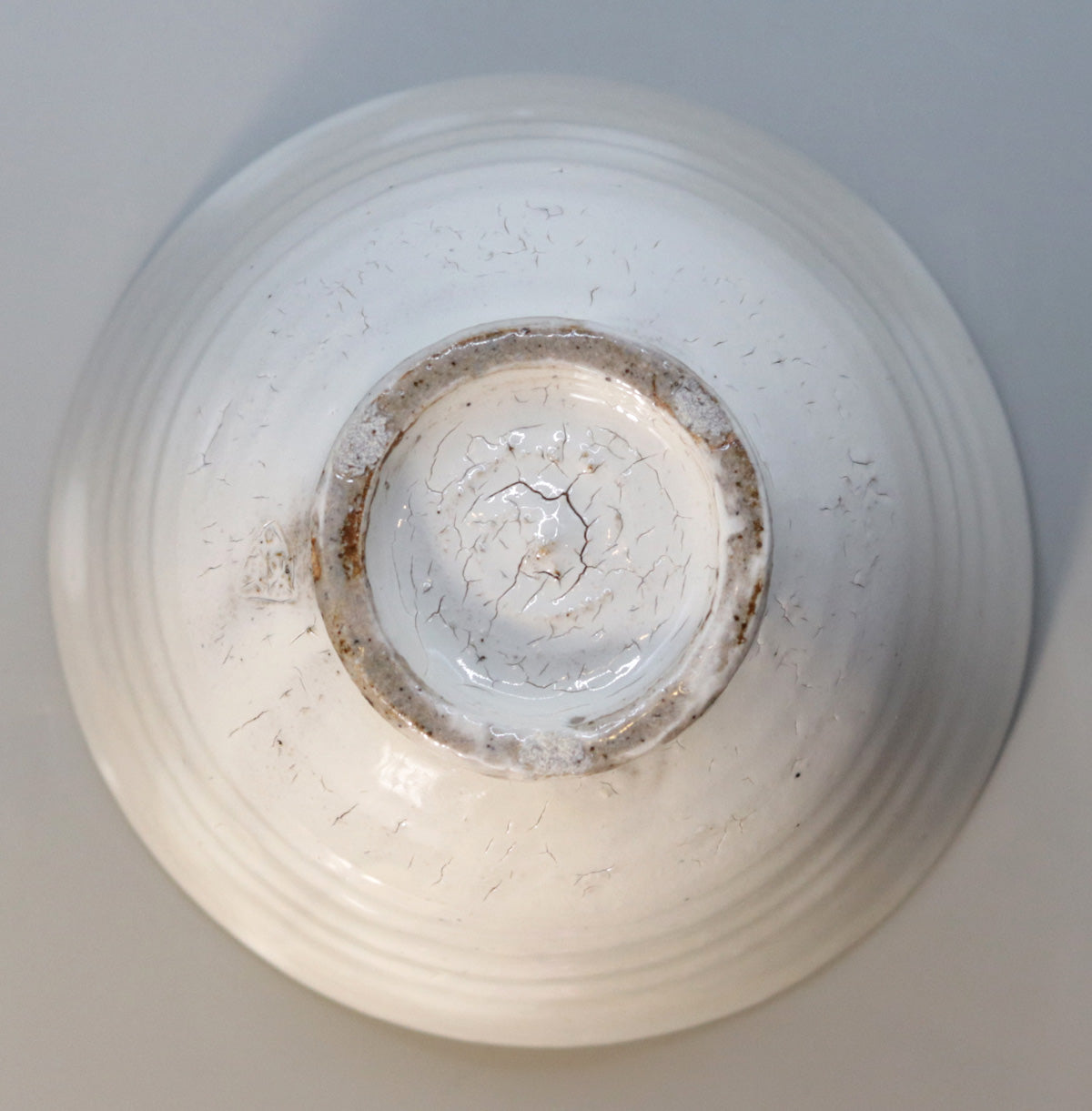
Multi-Column
-
[I will send it to you quickly and carefully]
We carefully package each product in a way that suits it best.
Also, delivery times vary depending on the piece (vessel, etc.).
Items that already come with a box will be shipped within 1-3 days of the order date.
For items that require a box to be made after your order, it will take approximately 30 days for production to be completed and then shipped.
In either case, once we have confirmed your order, we will contact you by email to inform you of the delivery date.
-
[Requests when purchasing pottery]
Even products that look the same may differ slightly in color, shape, size, etc.
The way the glaze is used, the power of the kiln, the firing method, the season, and the humidity also affect the appearance of the pottery.
Please understand the individuality of each piece of pottery and enjoy the unique warmth of handmade.
